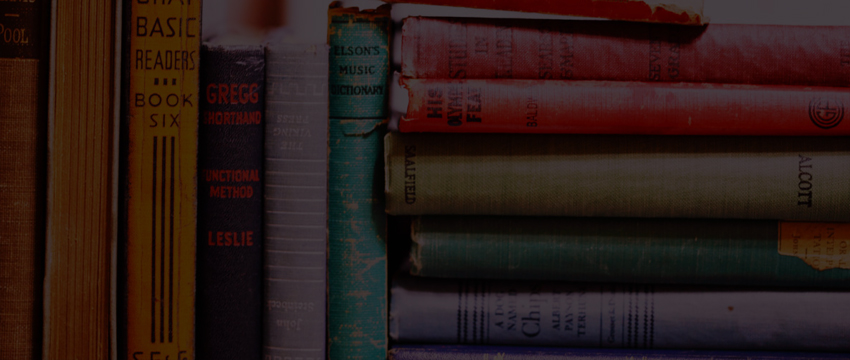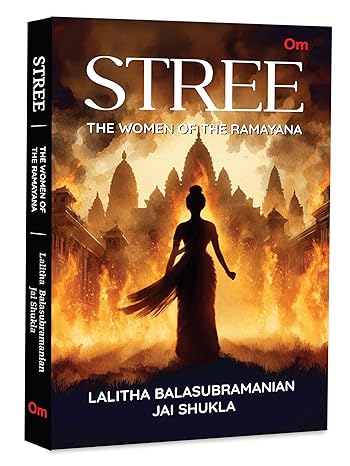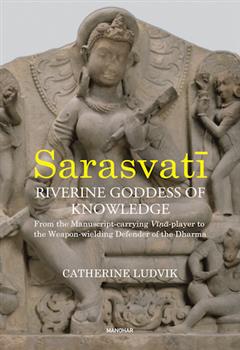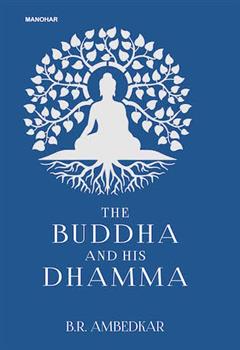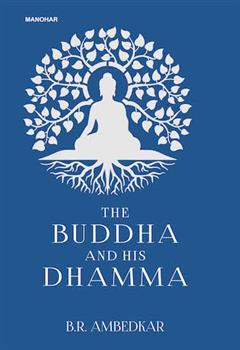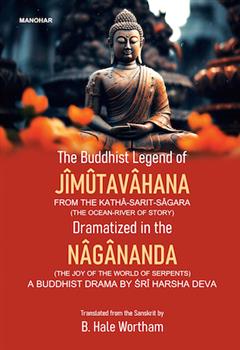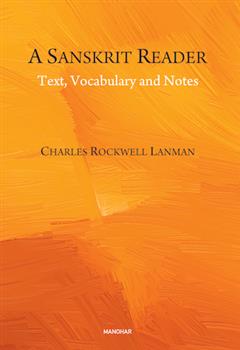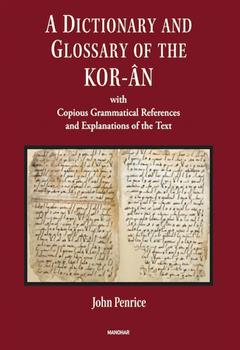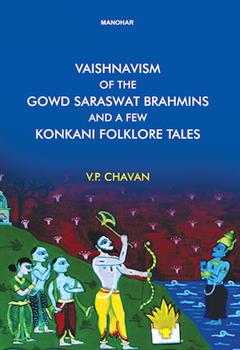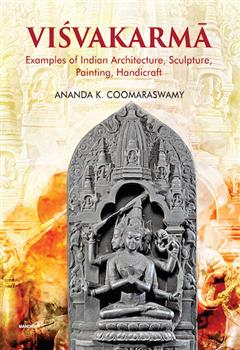Religion
Featured Products
Stree: The Women of the Ramayana – The Hidden Stories of the Powerful Women | Legendary | Exploratio
₹289.10
M.R.P.:₹ 295.00
You Save: ₹5.90 (2.00% OFF)
Temples of India Hanuman – A Sacred Trail of 21 Hanuman Temples | Spiritual Journey | Divine Path |
₹400.95
M.R.P.:₹ 495.00
You Save: ₹94.05 (19.00% OFF)
Sarasvati: Riverine Goddess of Knowledge: From the Manuscript-Carrying Vina-Player to the Weapon-Wielding Defender of the Dharma
₹1,659.00
M.R.P.:₹ 2,100.00
You Save: ₹441.00 (21.00% OFF)
The Buddhist Legend of Jimutavahana: From the Katha-Sarit-Sagara (The Ocean-River of Story) Dramatized in the Nagananda (The Joy of the World of Serpents), A Buddhist Drama by Sri Harsha Deva
₹391.05
M.R.P.:₹ 495.00
You Save: ₹103.95 (21.00% OFF)
A Sanskrit Reader: Text, Vocabulary and Notes
₹800.65
M.R.P.:₹ 1,195.00
You Save: ₹394.35 (33.00% OFF)
A Dictionary and Glossary of the Kor-an: With Copious Grammatical References and Explanations of the Text
₹958.30
M.R.P.:₹ 1,295.00
You Save: ₹336.70 (26.00% OFF)
Vaishnavism of the Gowd Saraswat Brahmins and a Few Konkani Folklore Tales
₹308.10
M.R.P.:₹ 395.00
You Save: ₹86.90 (22.00% OFF)
Visvakarma: Examples of Indian Architecture, Sculpture, Painting, Handicraft
₹693.50
M.R.P.:₹ 950.00
You Save: ₹256.50 (27.00% OFF)

